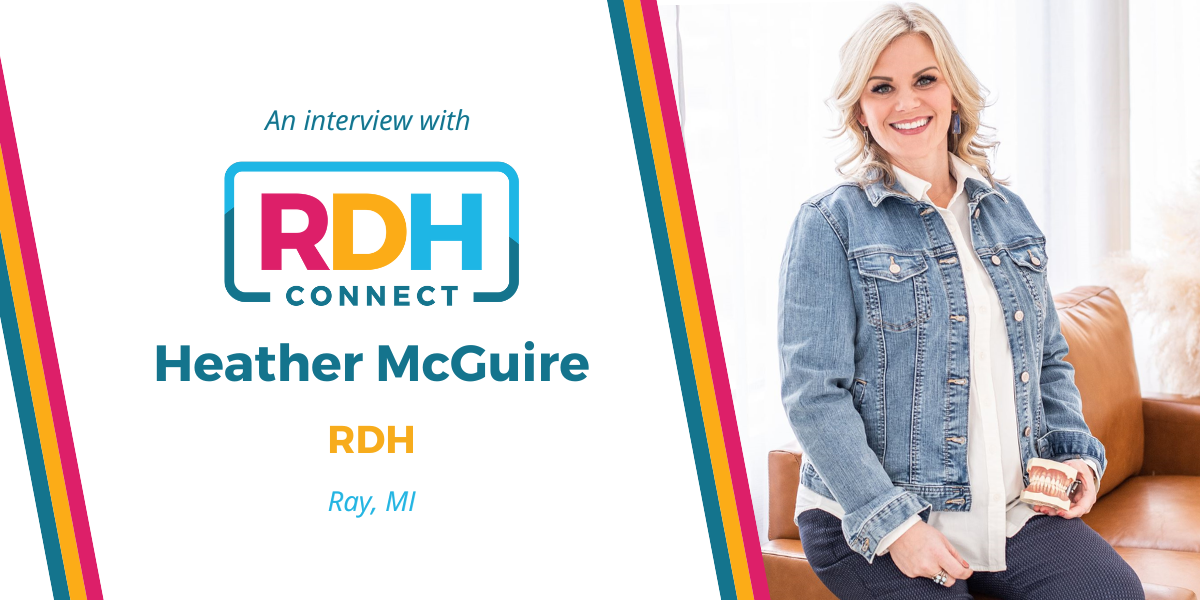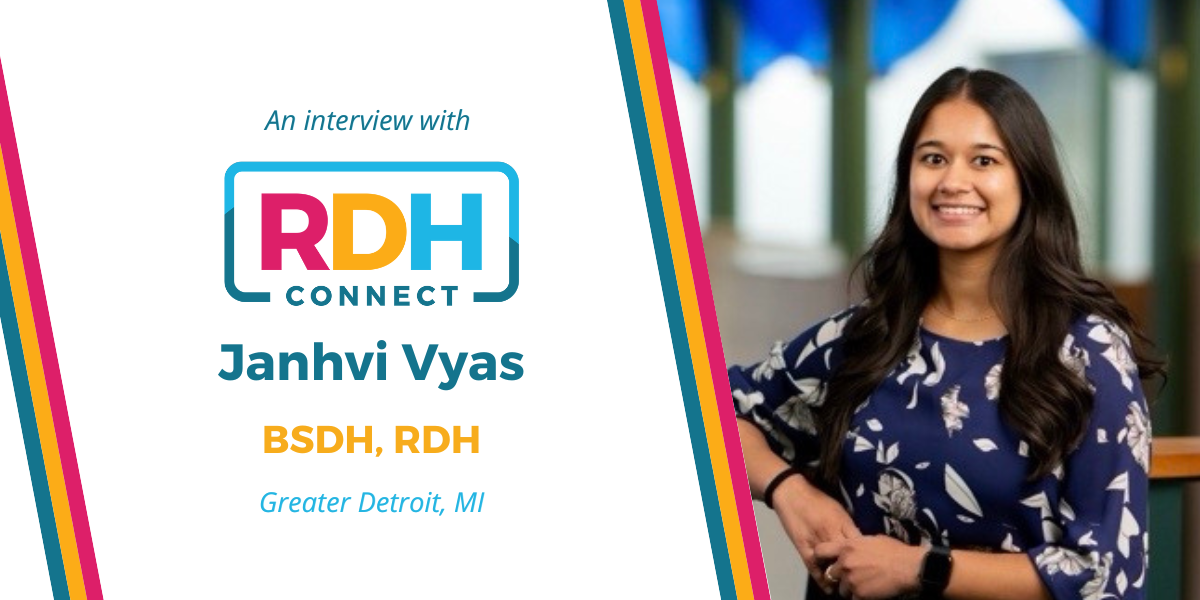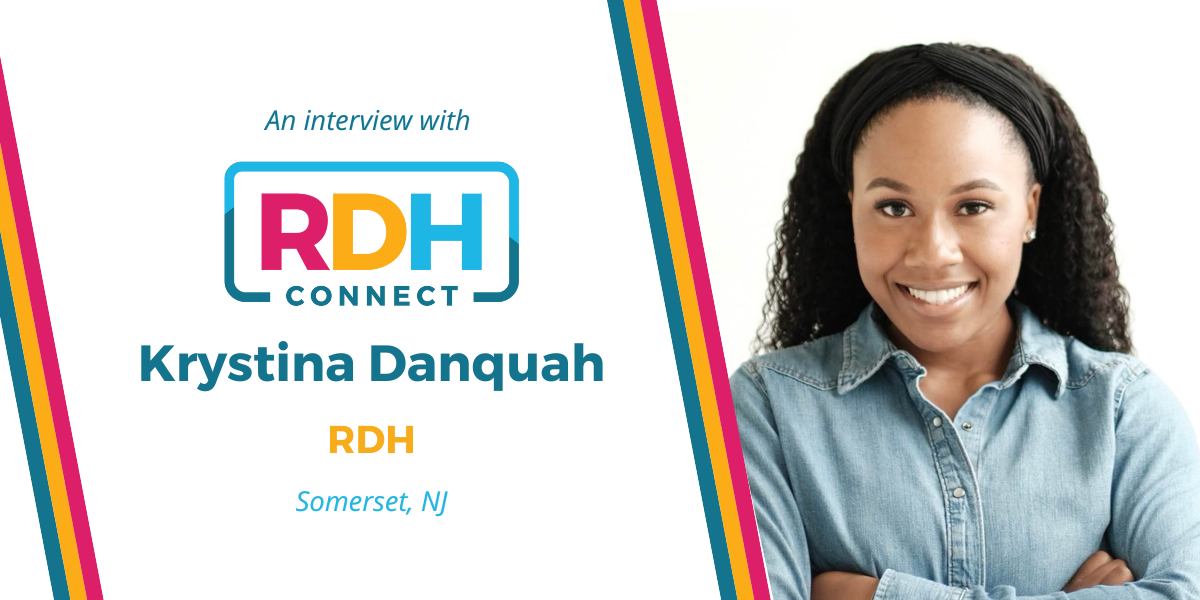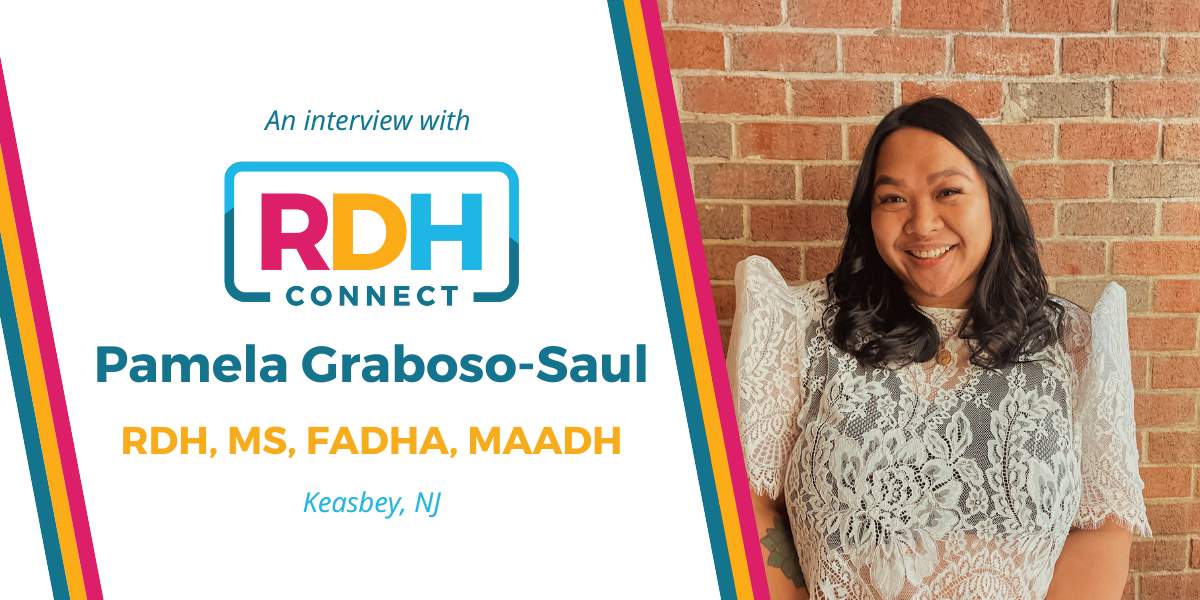Bringing back medical x dental healthcare | Cara Cooper, RDH
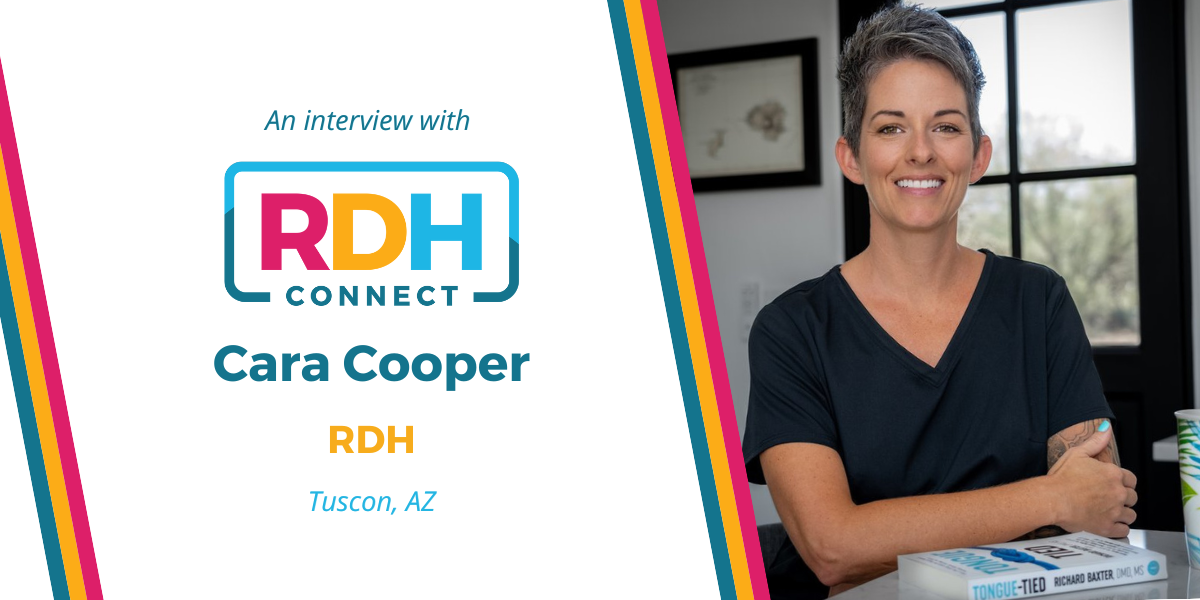
Sleep & airway disorders often go undiagnosed due to fractured oversight in today’s healthcare system. In this interview, Cara Cooper details her collaborative initiative to reunify medical & dental treatment for improved patient outcomes.
At the center of the medical-dental care team, is the Myofunctional Therapist, contrary to what one might expect as integral to overall health.
Cara Cooper’s own journey to heal an issue that existed only in her mouth but affected systems throughout her body highlights how integral this profession is to ensuring whole-body, comprehensive patient care and truly optimal outcomes.
How did you transition from RDH to Myofunctional Therapist?
“I’ve been a registered dental hygienist for about 15 years. And I would say probably five years ago, I started hearing more about sleep and breathing and myofunctional therapy. And at that time, in our practice, we were only referring out for thumb sucking from our functional therapy. And so I thought, Okay, this is interesting; I’m going to take a course and see if it can help my patients.
In that process of taking that course, I realized I had a tongue tie that was unidentified my whole life. So I started on that [healing] journey. I did myofunctional therapy & a tongue tie release. I had symptoms that were chronic, I had chronic headaches, digestive issues, and neck and back pain that started to resolve after I treated my tongue tie.
So it was just shocking to me as a hygienist. How did I not know for one that I had it? And how did I not connect it to what I was dealing with? And so that took me into this airway realm. And it’s a deep rabbit hole for right. And right. Yes, about three years ago, I decided I wanted my own practice, MyMyoSpot, so that I could help other patients who are having chronic issues, and then also catch kiddos early and hopefully prevent a lot of what I went through.”
What is your role in your patients’ treatment beyond your office?
“Yeah. And that’s really my role – I work to kind of rehab the tongue in the face. It’s kind of like physical therapy, but I’m really more of a coordinator. So I’ll often be the one who’s bringing in their primary care physician, dentists, and specialists, who need to coordinate their care. So we’re all on the same page. Right? We have good communication.”
The aim of this approach is to maintain health before there is a need to treat illness
“Our healthcare model is not set up for prevention. And so that’s a huge part of what we want to implement, which is prevention for the whole person. So much of our health system is focused on medication and surgery. And if we can keep people off the medications and out of the O.R., then that’s our goal. We try to keep our approach more holistic, and yet, when we need to bring in those providers for medications, for surgery, we have that option.”
Please describe your initiative TAP Study Club!
“So Dr. Alpa Merchant and I are collaborating. She’s a fantastic dentist, who I met about a year ago. She is a diplomat with the American Board of Dental Sleep Medicine, the American Sleep and Breathing Academy, and an affiliate with the Breathe Institute. So, she’s well-versed in the airway realm.
We both have the same view: we want to connect medicine and dentistry again, right? It’s been so disconnected since the 1800s; really, it’s been two separate fields when really dentistry is just a speciality of medicine. So we’re trying to bring all different types of providers together to collaborate and really find root causes for patients and treat their whole body: not just the mouth, if you’re a dentist, and the rest of the body, as a doctor. We’re both liaisons with the APMD, the American Academy of Physiological Medicine and Dentistry, and their big goal is to bridge that gap, again, bring medicine and dentistry together and really focus on breathing and sleep concerns for the population.”
What are some early signs of breathing abnormalities that parents can watch for & catch early?
“Starting from infancy. Oftentimes, if there’s a tongue tie or an oral dysfunction issue, it happens early on, tongue ties are something we’re born with. For an infant who has trouble nursing, latching, feeding issues, reflux, or those kinds of things. If there is poor sleep in infancy, check into that. Having trouble eating in infancy, check into that.
And then as your child grows, mouth breathing is the most obvious one, that’s something that you can just see day to day. But chronic infections – so really frequent ear infections, or sinus infections as a child can be a red flag – if your child has their baby teeth coming in, but they’re all really close together and already crowded, that’s a sign that those jaws aren’t growing fast enough to accommodate those teeth. And so now we know we don’t have to wait until a child is seven or eight, for an early orthodontic screening. Some of these kiddos are getting early treatment, three or four years old. And it’s setting them up for a lifetime of thriving, instead of just surviving.”
How can RDHs become more aware of airway health in their everyday practice? And are there any resources you might recommend for reference?
“Their appointments are tight, right? We don’t have a lot of time to look for extra things, but I think the airway is right there in the area you’re already looking at. It’s just viewing it through a different lens: 1) there are some questionnaires that patients can fill out as part of their intake, which kind of saves time. 2) something like the Epworth sleepiness scale, which just kind of gives you an indication if someone isn’t getting enough restful sleep. They may have, you know, signs and symptoms, fatigue and daytime sleepiness. And then one of the best screenings, 3) The Ferris Six that was developed by the Breen Institute. It’s six steps, it’s things that you’re already looking at: mouth breathing, obviously, you’re going to see that right off the bat, looking back into the airways to the tonsil area, looking at how wide the palate is looking how the tongue functions within the mouth to identify potential tongue tie. So when you’re doing an oral cancer screening or just your clinical exam, you’re already looking at all these things. Yeah, it’s just taking note, could this be related to a sleep-breathing disorder? You know, could that put a patient at risk?”

